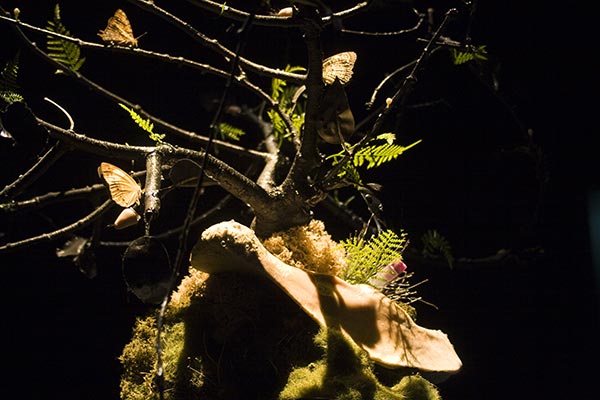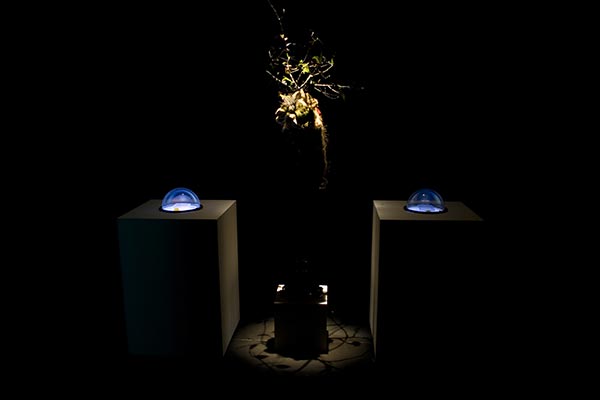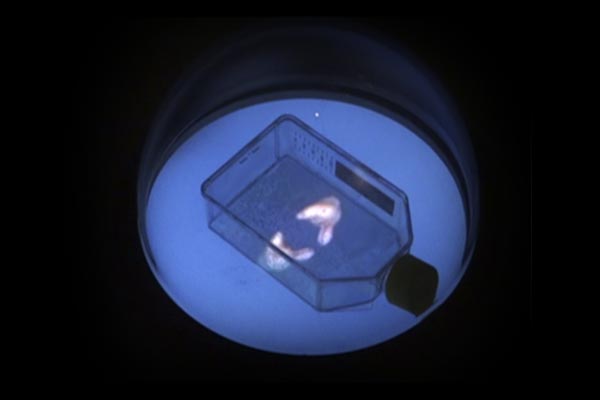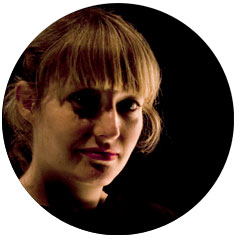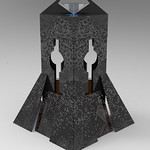HEK 293T: The Transformation of Johni or Oliver
HEK 293T: The transformation of Johni or Oliver is a mixed media video work that comments on the uncanny nature of genetically engineered cells. This project was researched and developed during a residency in 2010 at SymbioticA, the Centre of Excellence in Biological Arts in the School of Anatomy & Human Biology at The University of Western Australia.
This work was exhibited as part of the SymbioticA show Semipermeable(+) at the Powerhouse Museum in Sydney in 2013.
PROJECT DETAILS
MATERIALS: Clay, Taxidermy, Moss, Bone, Steel Wire, Latex, Tanned Fetal Calf Hide, Wood, MDF, Perspex, Video, Fixed GM HEK 293T Cells, Plastic, Teeth, Human and Synthetic Hair
CLASSIFICATION: Mixed Media Video Installation
SEMIPERMEABLE (+) REVIEWS:
Life and death, and the membranes in between
Urszula Dawkins, semipermeable (+), SymbioticA
http://www.realtimearts.net/feature/ISEA2013/11166
http://www.realtimearts.net/feature/ISEA2013/11173
realtime tv @ ISEA2013: semipermeable (+), SymbioticA
ACKNOWLEDGEMENTS
HEK 293T was researched and developed during a residency at SymbioticA, centre of Excellence in the Biological Arts at UWA in Perth.
Completion of this work would not be possible without the support from SymbioticA and UWA Staff. Special thanks to Oron Catts, Ionat Zurr, Jane Coakley and Jill Muhling. Thank you also to QUT Visual Arts and IHBI staff including Michael Riddle for assistance with artwork production and supervisors Dan Mafe, Courtney Pedersen and Zee Upton for ongoing support.


